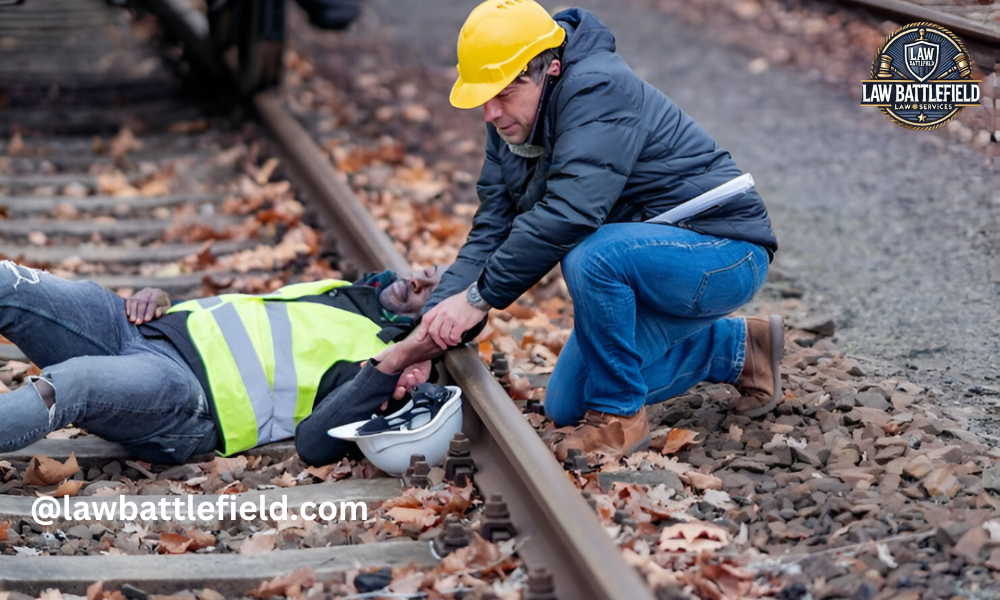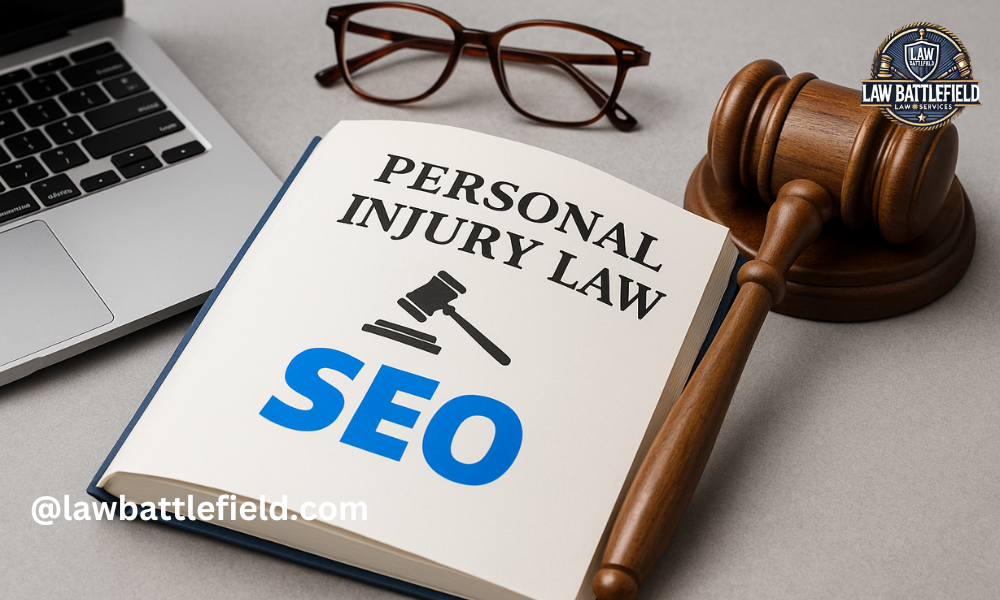In Louisiana, where industrial tracks often run alongside residential streets and commercial hubs, rail safety isn’t just a federal issue; it’s deeply local. In 2024, Louisiana recorded 21 pedestrian and trespass-related railroad casualties, including 10 fatalities and 11 injuries, placing the state among the higher ranks nationwide for rail-related pedestrian incidents. This sobering toll makes it clear that rail-related harm isn’t limited to vehicles at crossings. It extends to those walking near rail corridors, making the workplace and public safety stakes exceedingly high.
This reality is precisely why a Louisiana FELA lawyer knows that railroad injury litigation often means navigating a dense matrix of federal safety standards, trespass-prevention regulations, and local enforcement policies. When rail workers or pedestrians are harmed here, establishing liability means untangling overlapping layers. This could include the Federal Employers’ Liability Act or state trespass statutes and municipal zoning codes, making these cases anything but straightforward.
Historical Context
Railroads have been in use for more than a century. Several regulations were created to keep workers and passengers safe. These regulations evolved in tandem with adjustments in technology as well as culture. A major law is the Federal Employers’ Liability Act (FELA). This law provides coverage for railroad employees who are hurt while on the job, helping them get closure and compensation. You have to prove negligence under FELA, unlike regular workers’ compensation, which complicates things.
Understanding FELA
The primary purpose of FELA is to ensure that injured railroad workers are compensated fairly and adequately. These cases, though, are much more complex because you will have to prove that the employer was negligent. To win, workers must prove their employer did not maintain a safe workplace. Gathering evidence becomes a key part of this process, with investigators and subject matter experts playing a more prominent role. Understanding this process can take a long time and be complex, and one may require legal assistance to maneuver smoothly.
The Role Of Safety Standards
The federal government imposes stringent safety requirements on railroad companies. This includes everything from maintaining equipment to training employees. Violations of these rules can result in injury, which can lead to serious accidents. Attorneys are required to scrutinize these standards to ensure a successful case. Failure to establish a breach can heavily affect the outcome, underscoring the need for regulatory compliance.
Challenges In Legal Proceedings
In any railroad injury case, multiple parties are often involved, from companies to workers and insurance providers. Working together can be challenging, resulting in lengthy legal disputes. Railroad operations are technical and require specialized knowledge. Thus, it becomes essential to know about the legal battle ahead. To make their case, legal teams must be able to speak the same language as engineers: principles of engineering and industry practice. This necessity of expertise can complicate and prolong legal proceedings.
Impact Of Jurisdiction
Railroad injury cases are all jurisdiction-dependent. Each state interprets FELA and adjacent statutes differently, which can influence the strategy legal teams employ. Other states may offer more advantageous conditions for plaintiffs or be more challenging. Recognizing these distinctions is crucial for developing an effective legal strategy.
The Importance Of Expert Witnesses
In nearly every case of this nature, expert witnesses will be an important factor. They offer a window into the way of life of a specific industry and safety standards. Expert witnesses can help simplify complex technical matters in a case that judges and juries may not understand. This choice of experts is critical, as the findings they present can heavily affect the outcome of the case. They can walk the line between complex regulations and the case law that makes up the legal arguments.
The Human Element
Underneath these complicated regulations, these cases are always about the person. Injuries can greatly impact a worker and his or her family. The legal proceedings aim to address the personal impact of these injuries in the form of compensation for victims. Victims need empathy, understanding, and the reassurance that they will be kept in the loop for the duration of the process.
To Sum Up
Railroad injury cases are complex for several reasons. One of the reasons for this is the overlapping of regulations. Employers, legal representatives, and experts are crucial in navigating the process. Lawyers ensure the implementation of rules related to understanding FELA, compliance with norms, safety standards, and the implementation of jurisdictional challenges. It’s an arduous process that’s necessary to ensure injured workers are compensated. It is vital to hold at-fault parties accountable and provide fair and just outcomes; safety and responsibility in the industry are paramount.
Was this article helpful? Check out more on Lawbattlefield.com





